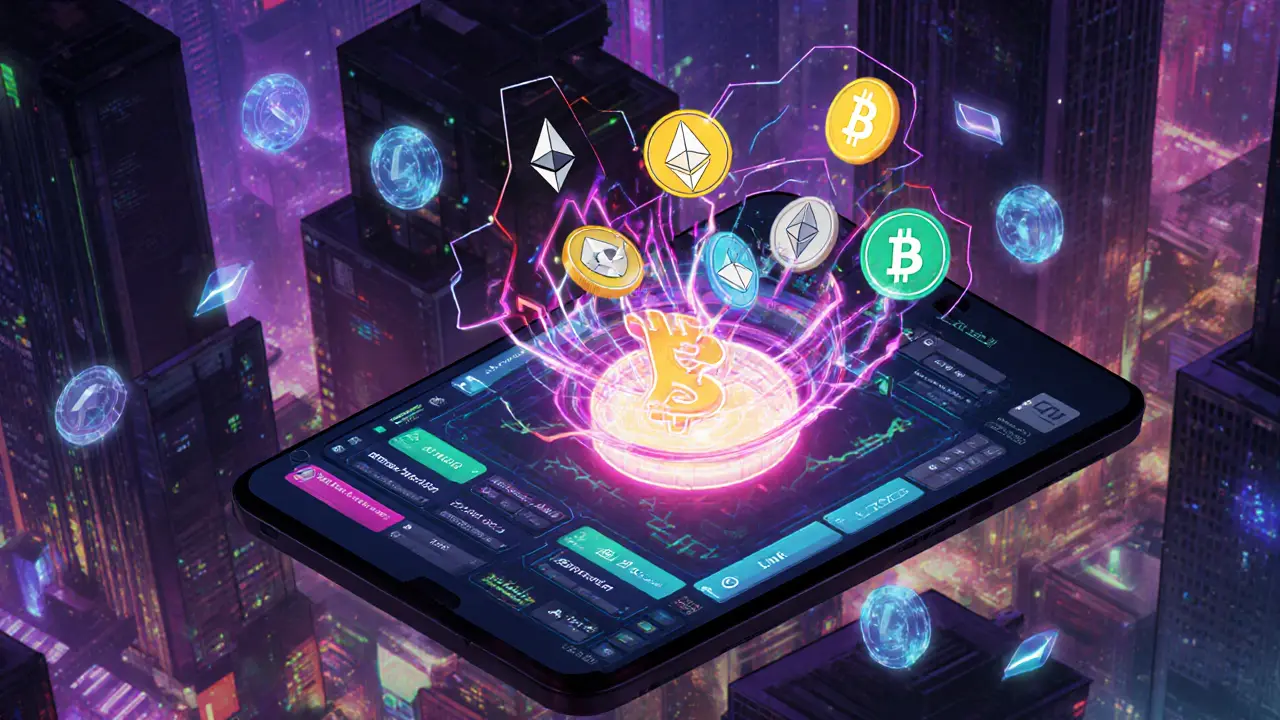Alvara Protocol: What It Is, How It Works, and What You Need to Know
When you hear Alvara Protocol, a blockchain protocol built to ensure accurate, permanent, and accessible data across decentralized networks. It's not a coin, not a wallet, and not a trading platform—it's the invisible backbone that keeps critical Web3 data intact. Think of it like a library that never loses a book, even if half the libraries in the world go offline. While most crypto projects focus on making money or speeding up transactions, Alvara Protocol focuses on something quieter but far more essential: making sure the data behind DeFi, NFTs, and smart contracts doesn’t vanish when the market turns.
It relates closely to projects like KYVE Network, a blockchain data validation system that archives on-chain information for long-term use, and shares goals with gas fees, the cost of storing and processing data on blockchains like Ethereum. If you’ve ever wondered why some DeFi apps break after a hard fork, or why NFT metadata disappears, it’s often because no one was keeping a reliable copy. Alvara Protocol steps in to fix that. It doesn’t mint tokens for speculation—it validates, archives, and distributes data so that even if one node fails, the truth stays alive.
What you’ll find in these posts isn’t hype. It’s real talk about what happens behind the scenes when blockchains grow. You’ll see how data integrity affects everything from crypto wallets to game assets, and why projects that ignore this risk collapse when users need them most. Whether you’re holding an NFT, using a DApp, or just trying to keep your crypto safe, understanding protocols like Alvara helps you spot the projects that last—and avoid the ones that vanish.
- November 20, 2025
- Comments 9
- Cryptocurrency

